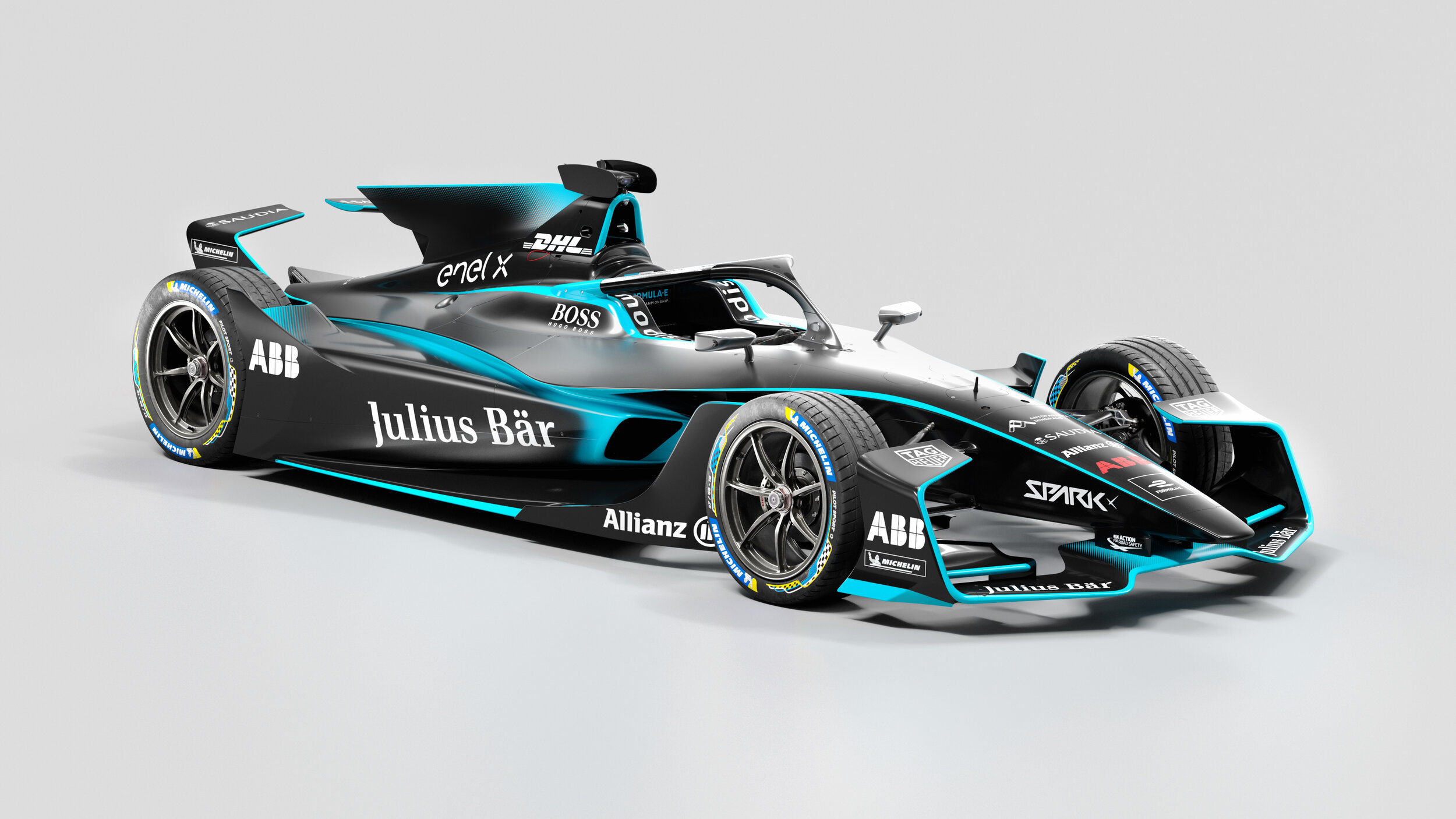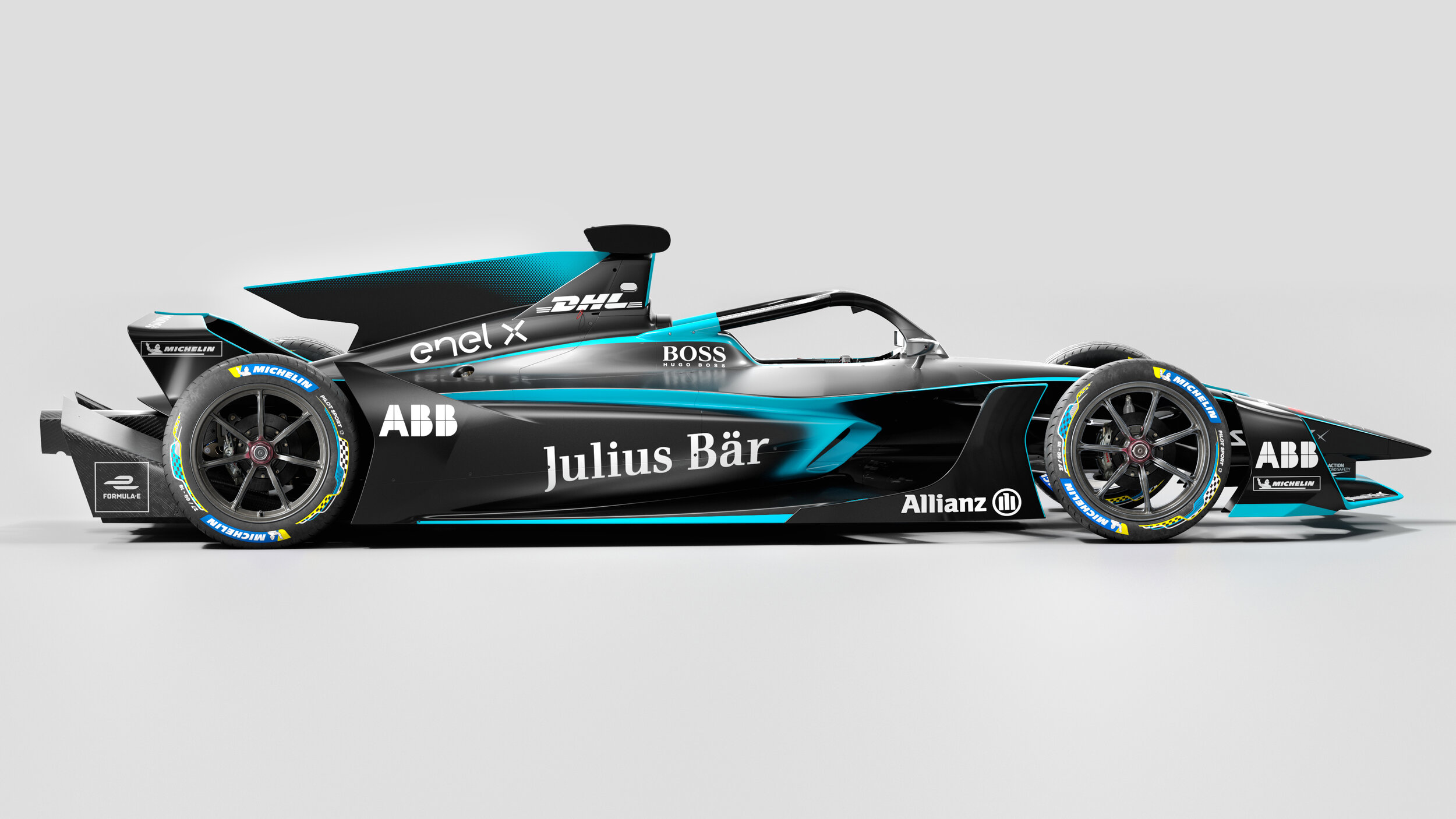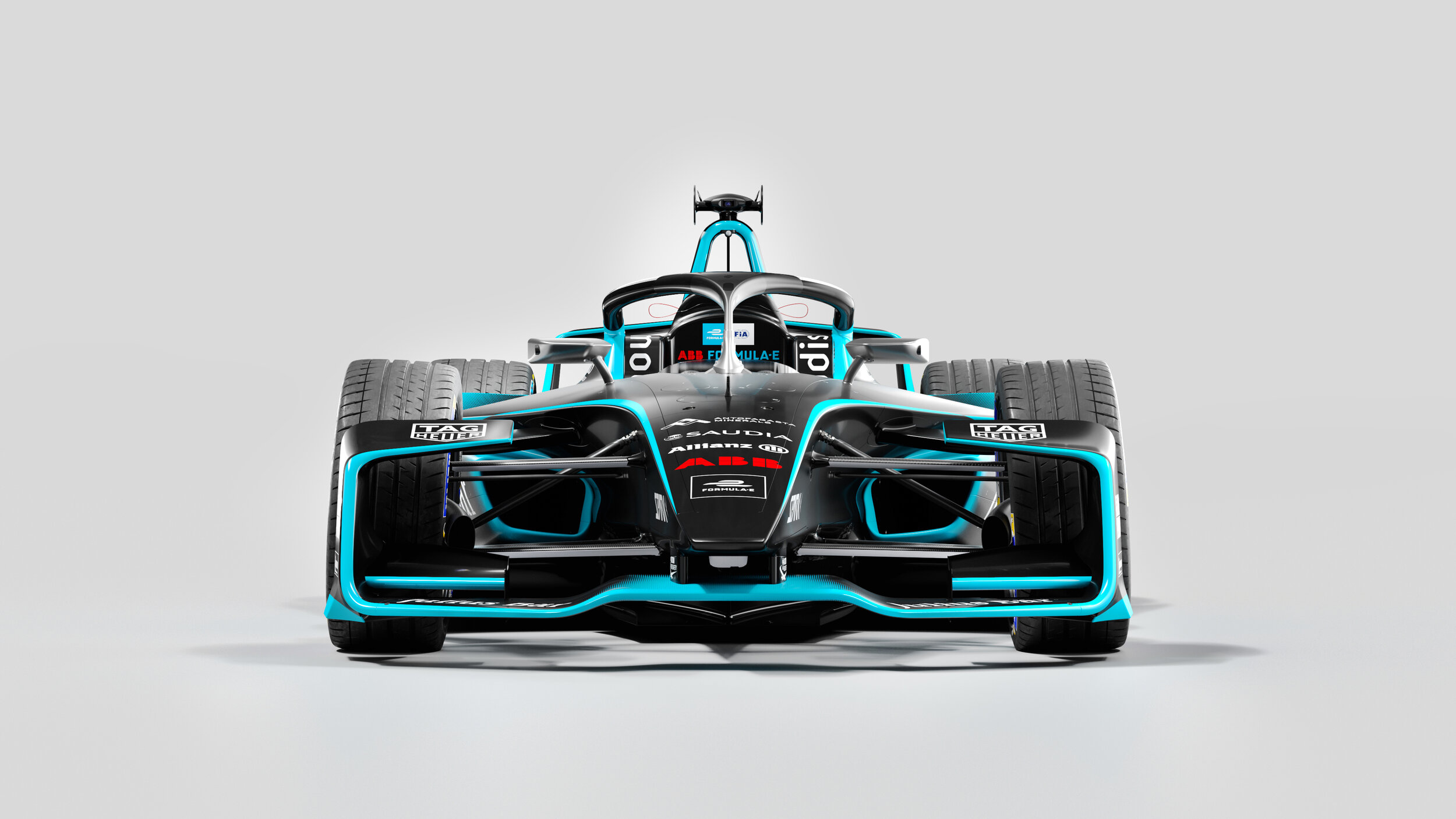Formula E debuts new race car design, with EV tech still pushing the limits
[Feb. 7, 2020]
Earlier this week, Formula E and the FIA revealed the latest iteration of Formula E’s electric-powered race car, the Gen2 EVO, set to race on tracks around the world during Formula E’s seventh season. The curious part is that this redesign isn’t set to debut until the Geneva International Motor Show on March 3. But since the opportunity has presented itself early, let's dive into the race car and series right now.
The Formula E Gen2 EVO will be a continuation of the current Gen2 model, reportedly sporting several structural design changes, as well as a new front wing, dorsal fin, and rear wing.
Unlike other race series, Formula E splits its race seasons across years, so while the Gen2 EVO is set to debut for the 2020 season, that’s actually in reference to the 2020-’21 race season. The current 2019-’20 race season began in November 2019 at the Saudia Diriyah E-Prix and concludes in late July 2020 with the London E-Prix. The series will hit the streets of New York in July, one stop prior to the season’s conclusion.
The Gen2 EVO will continue to utilize the Spark Racing Technology chassis as well as retain the 54 kWh battery that is large enough to complete the 45-minute sprint races without recharging (when the series launched in 2016, drivers would swap cars during a mid-race pit stop).
Numerous auto manufacturers are involved in the Formula E series, including Jaguar, Audi, Nissan, and now Mercedes-Benz and Porsche. The reason? While the chassis and battery are spec, the motor, transmission, and suspension are all relatively open (within certain confines), allowing manufacturers to test their technological advances at the limit.
But while certain components of the Formula E race car are spec, that doesn’t mean limits aren’t being pushed in that arena, too. For example, when McLaren Applied Technologies assumed battery development for the series, it replaced the Williams Advanced Engineering 28 kWh battery with a 209 cell, 54 kWh battery, nearly doubling the energy density in the space-limited chassis. How McLaren accomplished this feat is unclear, but some speculate that rather than solely relying on cobalt in the lithium-ion battery (which allows the battery to recharge without a performance drop-off), McLaren’s battery may employ heavy amounts of nickel, or even aluminum, which reportedly has up to eight times the range at a lower weight.
McLaren’s battery contract with Formula E is currently set to expire at the end of the 2020-’21 season.



(The Gen2 EVO Spark SRT05e will take to the track in Formula E’s 2020-’21 race season)
Formula E also utilizes unique racing elements achievable largely thanks to electrification, like upping power from 270 hp to 301 hp when the car is in “Attack” mode (achieved when a driver heads through a designated area of the track that is off the racing line), and jumping to 335 hp in “Fanboost” mode (a social media competition that offers certain drivers limited access to increased power).
The 2020-’21 race season will also be the first season the FIA has granted the series World Championship status.
More information about the Formula E Gen2 EVO will undoubtedly be made available in March at the Geneva International Motor Show, where this race car’s debut will still happen.
(Images courtesy Formula E)
Like what you read? Follow us on Google News and like us on Facebook!







